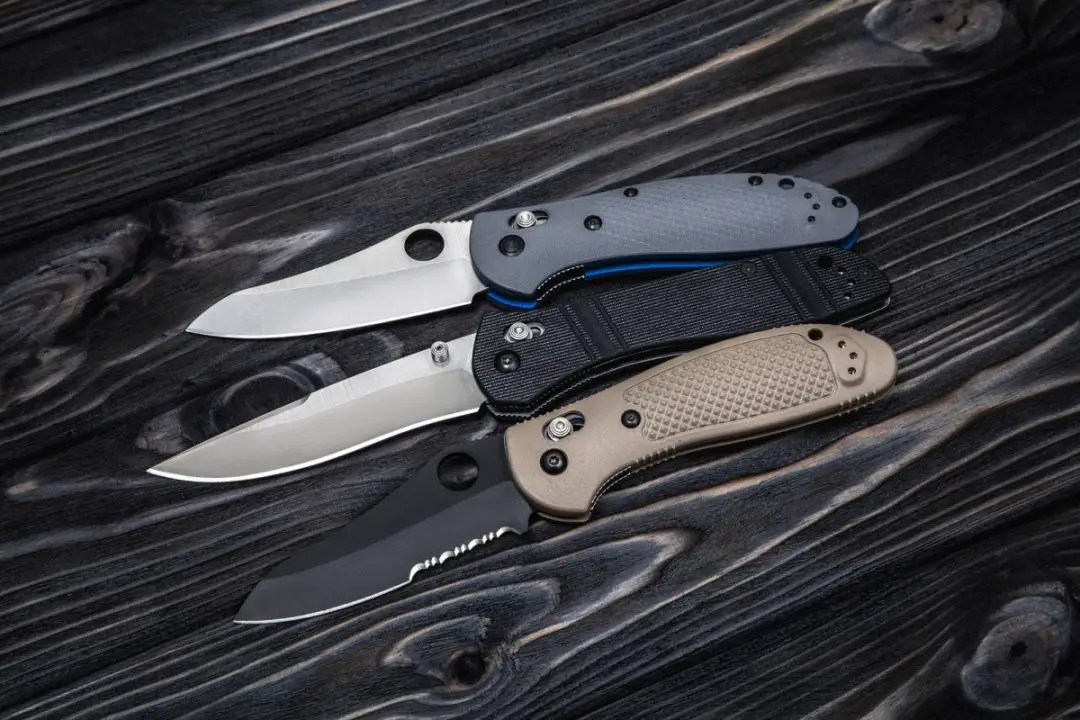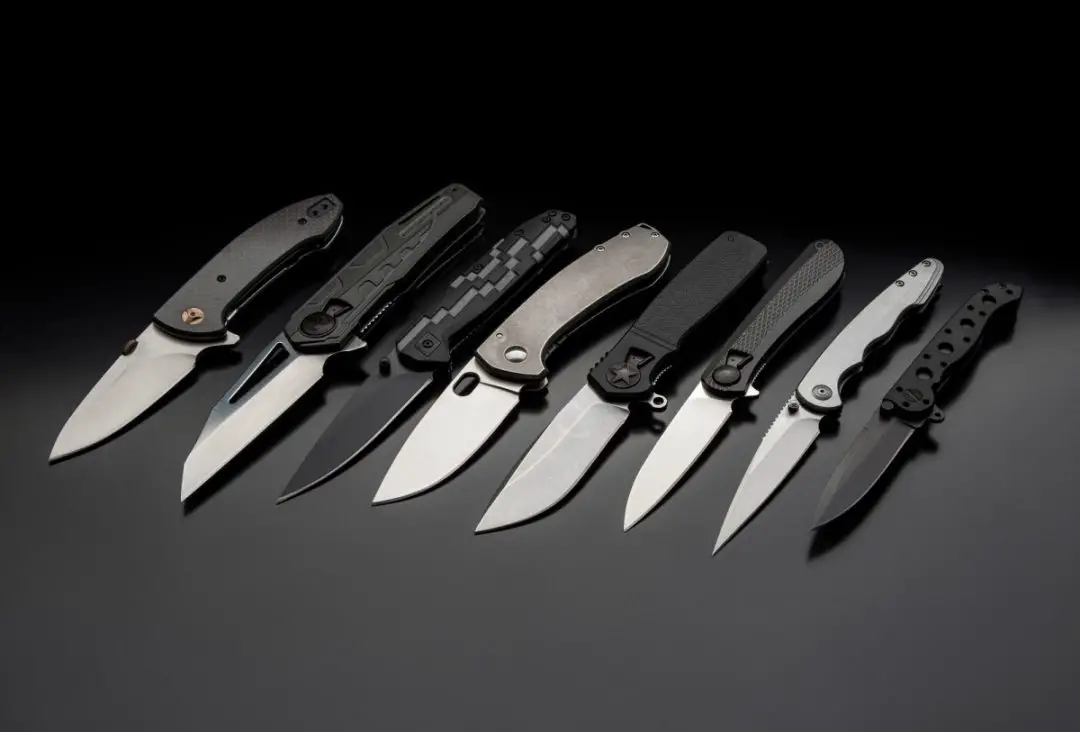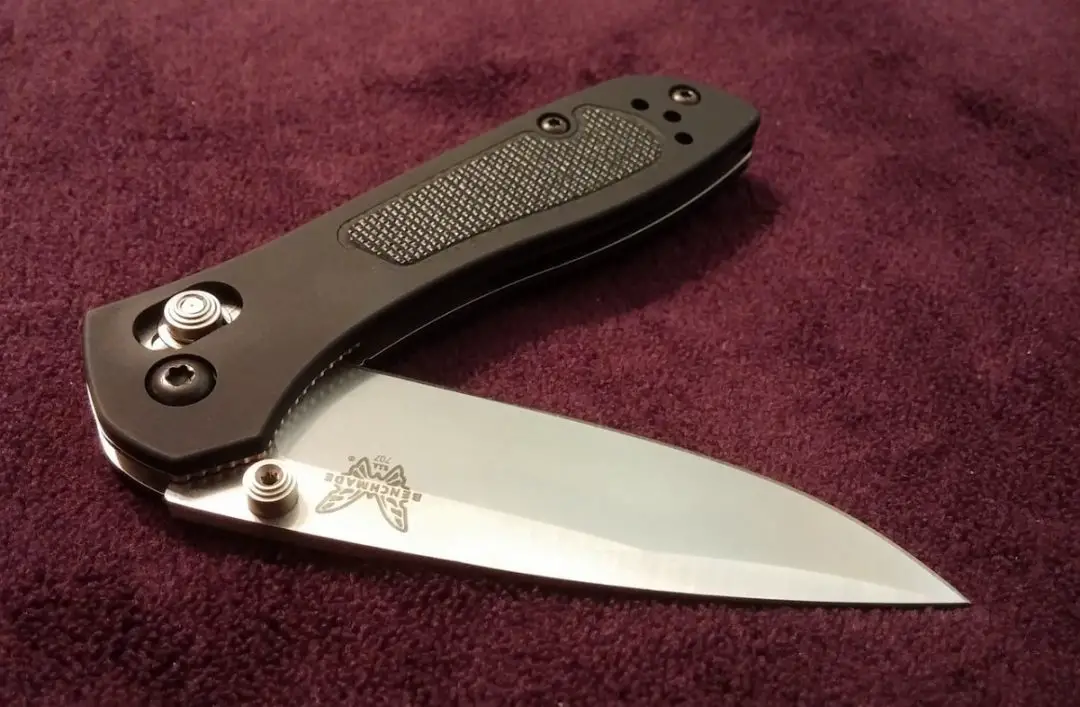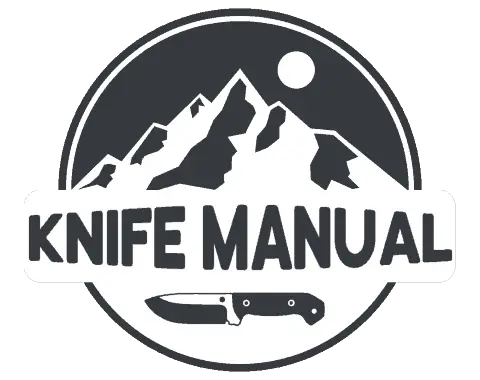At some point in time, you have probably looked at a price tag on a pocket knife and thought, “but why?” whether you consider yourself a cheap person or not, there are have probably been a few times that this has happened to almost everyone, including me.
There are many factors that determine the price of a finished pocket knife. While the cost of raw materials is a factor in the price of the knife, there are many more processes and expenses that a lot of people don’t consider. In the end, a really quality knife is going to have a premium price tag.
There is a lot that goes into making good, quality pocket knives and many factors that determine the price of the finished knife. Below I will share with you some of the many reasons that make quality pocket knives so expensive.

Table of Contents
Why Good Pocket Knives are Expensive
Especially for people that are new to the whole knife world and to buying knives, the prices of some good picket knives will make you turn your head. Turns out, there are many good reasons why brands and knifemakers charge so much for their really quality knives.
Not all expensive and high-quality pocket knives are affected by the reasons that I list below and for many knives, there are many more factors that influence the price.
But anyway, here are 10 reasons why quality pocket knives are so expensive.
1. Design and Testing
The design, look, and functionality of a pocket knife is where a lot of emphasis and criticism is placed by costumers when they purchase and use a knife. Naturally, companies and knifemakers will put a lot of time and money into the design of a knife, as well as testing the knife design to solve any flaws it might have.
While this might seem pretty easy and straightforward, there is actually a lot of skill and thought that goes into the design of a knife and the subsequent testing of that design. There are so many variables and different things to test to make sure the final product will work well and perform all the necessary functions and tasks.
Everything from the shape of the entire knife to the size and shape of the pocket clip might need to be tested to see if it meets the quality and usefulness standards of the company or knifemakers. Sometimes the design is based on an existing knife design that works well, but a lot of times the knifemakers and designers start from pretty much square one on each knife.
Many companies and knifemakers carefully design and test their knives to do certain tasks very well and effectively. All of this designing and testing costs money that also could influence the final price of the pocket knife.
2. Manufacturing Process and Location
Manufacturing and assembling a pocket knife is a major thing to consider when you are looking at the different things that could affect the price of a pocket knife.
If the knife company is large enough, they might produce their blade and knives in a factory with large automated equipment. Not only would this be a large upfront cost, but there is still an element of labor needed to keep the machines running as well as to do jobs that cannot be automated.
On the other hand, many small companies don’t have the capital to produce their knives in a large factory, which increases the manual labor needed to produce each knife by a lot.
Another large factor in how much the manufacturing process costs is where the factory is located. Cheaper knives are able to be manufactured in large numbers in foreign countries where labor is cheaper. However, in order to improve the overall quality of their knives, many knife companies and makers bring their manufacturing process into the United States or close by.
There are so many things that go into the price to manufacture a knife and it can affect the final price of the pocket knife. It really depends on where a knife is made and how. If a pocket knife is made in the United States and involves a lot of manual labor to produce, you can expect the price will be significantly higher than a knife that is produced in a foreign country using automated equipment.
3. Quantity Produced

The price of a knife is also influenced greatly by how many of the knives are made. It really depends on whether the pocket knife is made by a large company that mass produces their knives in a factory, a smaller company of craftsmen that carefully craft their knives in low quantities, or a company or single knifemaker that makes one-of-a-kind knives.
A knife from a large company that makes large amounts of knives will probably be the best deal for your money. However, the quality of the knives will be considerably low because not much, if any, thought was put into the knife and it was mass-produced. That’s not to say these types of knives are bad, you should just expect them to be considerably less quality than a custom knife.
If a knife is made by a smaller company or knifemaker, it will most likely be more expensive than the mass-produced knife from a factory. Knives made in smaller quantities will be higher quality but will also cost more because more time was put into each pocket knife.
Finally, if a knife is one-of-a-kind and is made by an individual or a small group of craftsmen, expect to pay a premium price. These knives will be some of the highest quality knives you can buy and will cost more because of the time put into creating each knife.
As you can see, the lower the number of knives produced, the higher the price and quality will be because each knife will have received careful and direct work from an individual.
4. High-Quality Materials
While the materials that a pocket knife is made doesn’t have such a huge impact on the price of the final knife as many people think, it still is a factor to consider.
One of the larger material costs in many cases is the steel that the knife blade is made of. Good quality steel can be pretty expensive, not to mention all of the processes and heat treating that it oftentimes has to go through before becoming a finished blade on a knife.
Besides the price of the blade steel, there is also the cost of the handle materials of the pocket knife. A lot of quality knife companies and makers put very nice handles on their equally nice blades and this is often quite expensive.
There is definitely more that goes into the making of a pocket knife than a lot of people realize, and the cost of the raw materials is a small factor among the many other things that influence the price of the final pocket knife.
5. Other Components and Finishing Touches
Besides the material cost of the blade and handle materials, pocket knives have folding and locking systems as well as other small parts such as a pocket clip.
There is a lot of designing and thought that goes into these smaller details of a pocket knife. Besides the actual cost of manufacturing and producing a pocket knife opening system and locking system, if it has one, there is also a great amount of time and money spent to design these parts.
A major thing that sets a quality and well-made pocket knife apart from its competitors is the smoothness of the opening system and attention to detail. All of these things seem like standard issue and is sort of expected on a higher-end pocket knife, but there is still a lot of time and money spent to design, test, and produce these smaller aspects of the knife.
However, while the locking system, opening system, and pocket clip seem like smaller and less important parts of a pocket knife when compared to larger things like the blade if everything isn’t well-made and high-quality, customers start to notice and complain.
While these smaller parts of a knife as in fact smaller than some of the other parts of the pocket knife, many knife companies know that if they don’t work right people will not like their product. Because of this, a great deal of time and money is often spent to get these smaller things right which can increase the price of the final pocket knife.
6. Warranty and Promise
When you buy a really nice and well-made pocket knife from a good knifemaker or company, there is often a really good warranty or performance promise that comes along with it.
While this sometimes isn’t the case, the good or lifetime warranty is built into the price of the pocket knife. It’s kind of like a side bonus that is built into the price of the knife whether you take the knife company up on the warranty or not.
The great thing about really good warranties on pocket knives is that you can be pretty sure that the knife is going to be very high-quality and work well. If the pocket knife didn’t work well or hold up through intensive use, there would be a lot of people asking for their money back or a replacement knife and it would no longer be in the company’s best interest to keep the warranty on the knife if they just had to replace all the knives that people had bought.
A really good warranty or promise on a pocket knife is a sort of boast of how confident the knifemaker or company is about the quality of their product. Nonetheless, it could often be a factor in the final price of a quality pocket knife.
7. Brand Recognition and Credibility

The credibility, popularity, and reputation of a brand or knifemaker is also a very big factor in the price of their knives.
An unknown knifemaker that makes really nice and well-made knives will be able to charge a fairly premium price for their knives, but a well-known knife company will be able to charge a little more for the same knife if they have a reputation and some credibility.
It’s really quite simple and fairly obvious. A well-known brand or company will be able to sell knives at a higher price point than an unknown knifemaker. Simple.
On top of that, many people and knife enthusiasts have a “favorite” knife brand or company. This also allows that company or knifemaker to charge a little more because they have a loyal fan base and a group of customers that trust and like their knives.
If you were given the option between two identical knives but one had the Benchmade® logo and name on it and the other had an unknown company logo and name on it, the chance are you will pick the knife with the well-known company’s name on it.
While this might not play a huge role in the price of a pocket knife because many companies want to price their knives competitively, it is something that happens and can influence the price of a really quality pocket knife.
8. Product Hype and Build-Up
While the name of the company on a knife can allow them to charge more money for the pocket knife, the buildup to the knife’s release and the hype around the knife can also be a factor in how much a knife costs regardless of the brand or knifemaker.
There is always a new knife that is being released and companies spend a lot of money advertising and promoting their newest and greatest knife. If they succeed in getting a lot of people excited and hyped about the knife, many times knifemakers and companies will capitalize on that and charge a little bit more.
This can even be in effect after a knife has been on the market for a while. If a knife gathered a lot of hype during its release and the large majority of customers really love the knife, the inflated launch price of the knife can stay in effect indefinitely because people are willing to pay it for such a well made and liked knife.
I’m not a marketing expert, but this could be a factor in the high price of a really popular and well-made pocket knife.
9. Quality Control
The next thing to consider when you are wondering why quality pocket knives are sometimes so expensive is the quality control of the pocket knife.
A company or knifemaker that places an importance on the satisfaction of the customer and the quality of their knives will have a pretty rigorous quality control standards and procedures. Not only does this often entail checking the quality of the materials that they use to make the pocket knives, but also checking each knife individually in many cases.
While not all manufacturers do this, manually checking all of their knives is a common practice among many high-end knifemakers and companies. This ensures that the knives that they are producing are the highest quality that they can and it will cut down the number of knives with defects that they ship.
Making sure that all the knives that a company produces are the highest quality that they are capable of making and meets their standards, costs a lot of money and time. This can oftentimes be factored into the final price of a well made and quality pocket knife.
10. Retail Markup
One of the most obvious reasons why quality knives have such large price tags is because of retail markup. Whether its an online store, a sporting goods store, a knife shop or really anywhere that they sell knives, you can expect some sort of price markup. Everyone’s got to make a living somehow, right?
This really happens for almost any product in the world, so I don’t really know what else to say. So unless you are buying in bulk directly from a knife brand or company, you can expect to pay an increased retail price for your knife.
Prices for quality and very well-made knives are the ones that are often raised by a significant amount because the purchase price is higher and because it still is a quality knife after all and people are willing to pay big money for it.
Conclusion
Overall, the general idea is that a quality pocket knife is expensive not just because companies and knifemakers want to charge that much, but because there are so many factors and expenses to making such a well made blade that the price is often very justified.
There are obviously many more factors that go into the price of a pocket knife, but the ones that I listed are some of the main and key ones.
If you want a quality and well-made pocket knife, expect to pay a premium price for it. While there are some scams and knives out there that do not deserve the high price tag, the large majority of highly-priced knives are very well made and will last for a long time.

